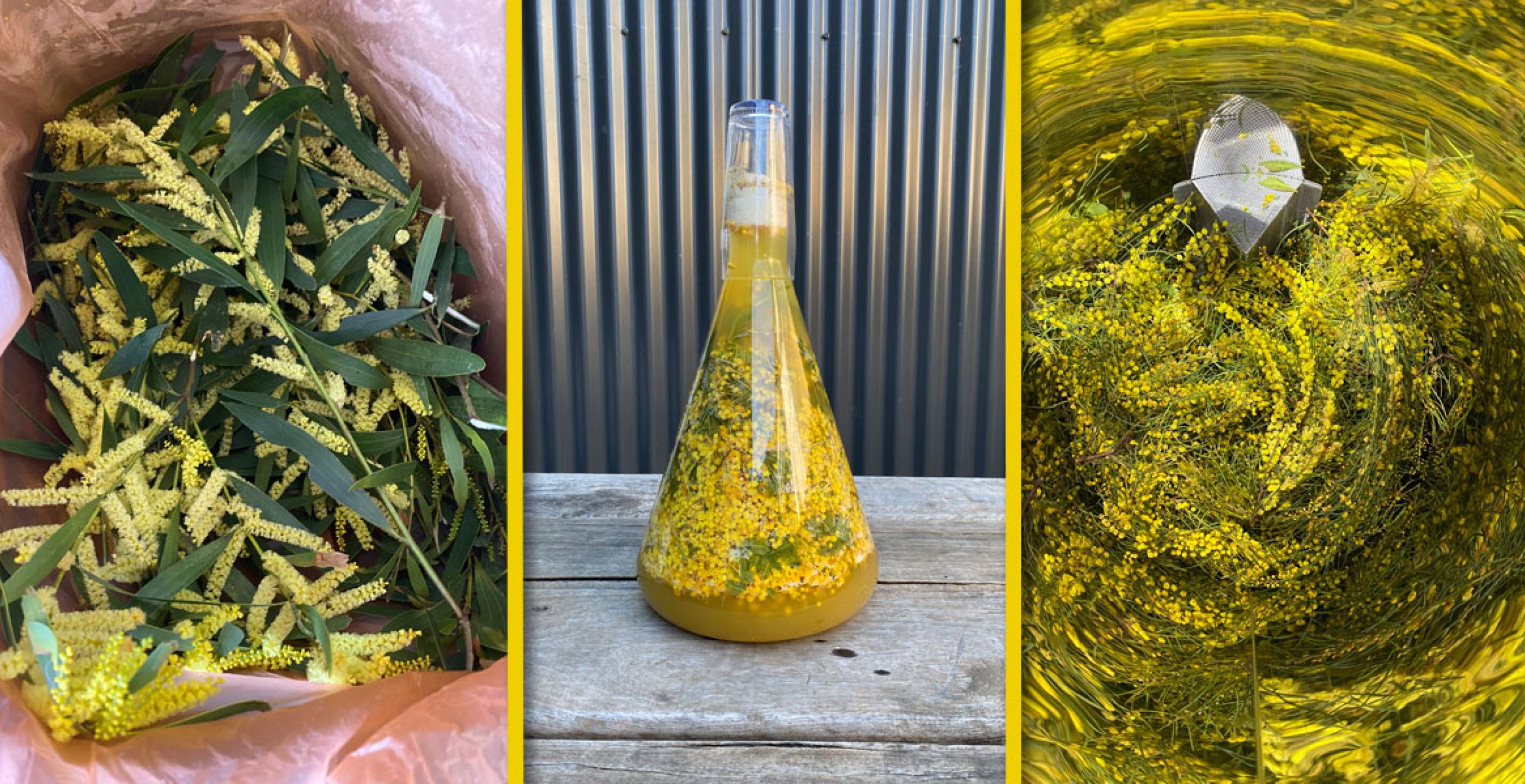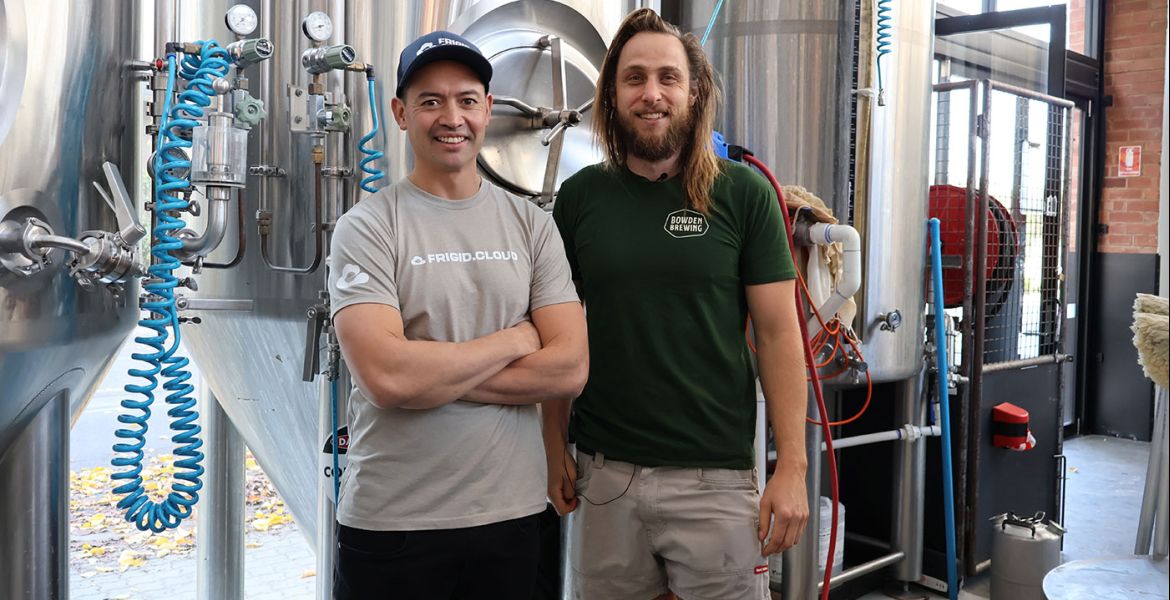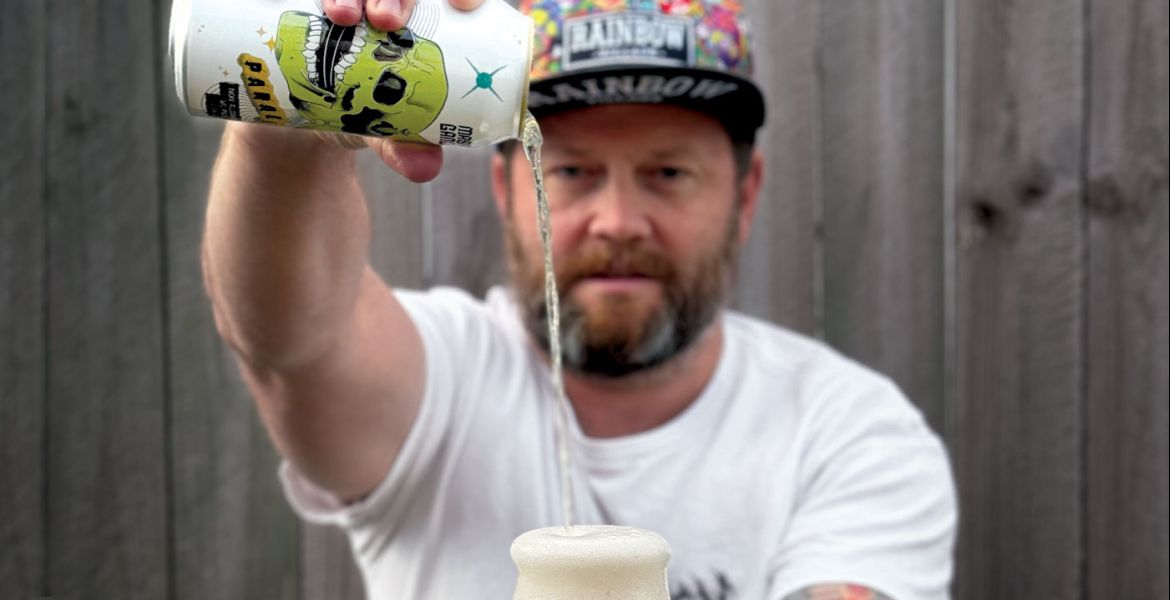UPDATE (Feb 2022): Following extensive investigations at their brewery, Wildflower identified the source of the issue described below – the presence of pectinatus – and have been able to eliminate it. They are also getting great results from the new culture they're working with, and are almost back up to where they want to be stock wise.
You can read all about their recovery work, and the results they're getting with Wildflower v2, in this blog post by founder Topher Boehm.
"There are things already that I have missed about what it could do... we do feel like we were just starting to know it... but I'm happier and more excited about the shift it allowed us to take and where we are now. This new culture is bright and spicy while still maintaining a lovely softness and full-body mouthfeel with age... it is kicking goals with our saison-inspired beers and that is a major win for sure."
The original Crafty Pint article
Given the turn of events over the past few months, there are plenty of people in Australia craving anything resembling joy – not least the residents of Sydney, now more than two months into a lockdown. And one of the beautiful aspects of delicious beer and the craft beer industry responsible for producing it is that they have the ability to deliver just that.
For the country's discerning beer drinkers, few breweries have brought as much joy over the past half decade as Marrickville's Wildflower. Whenever we do a roundup of the best and brightest in the country, their brewing and blending operation can be found in the upper echelons; they even picked up a trophy for the best drink in Australia not so long ago.
So, a photo that appeared on Wildflower's Instagram a few Fridays ago showing liquid disappearing down a drain would have been the last thing many people would have wanted to see – let alone the person who posted it, Wildflower co-founder Topher Boehm.
A subsequent explanatory blog post did little to lift the mood. In short (very short as you can read it in full here), he and brewer Chase Saraiva had completed a double batch brew day, discovered there was something awry with the house culture, were forced to dump some just-pitched wort, then realised two more batches of Gold and Table Beer were also impacted by the issue and had to dump them as well.
Compounding this was the realisation the issue was present in their house culture – the one that had been evolving at Wildflower for the past five years; with no backup to fall back on, this was (again in short) a big fucking deal.
"I got to the brewery at 5.30pm with wort," Topher says of the night in question. "Chase had pitched the first batch using some yeast and sensed there was a problem.
"He waited for me to see what I'd say – 'Hey, can you taste this?' – and that's never a good sign.
"I said, 'Guys, just tell me. Just give it to me. I don't want to be drip fed this.' And there was this completely different aroma and flavour to what I've seen in my beer.
"It was Friday night, we were wanting to go home, and we still had wort sitting there. I figured if I walked away that was also a waste of my day."
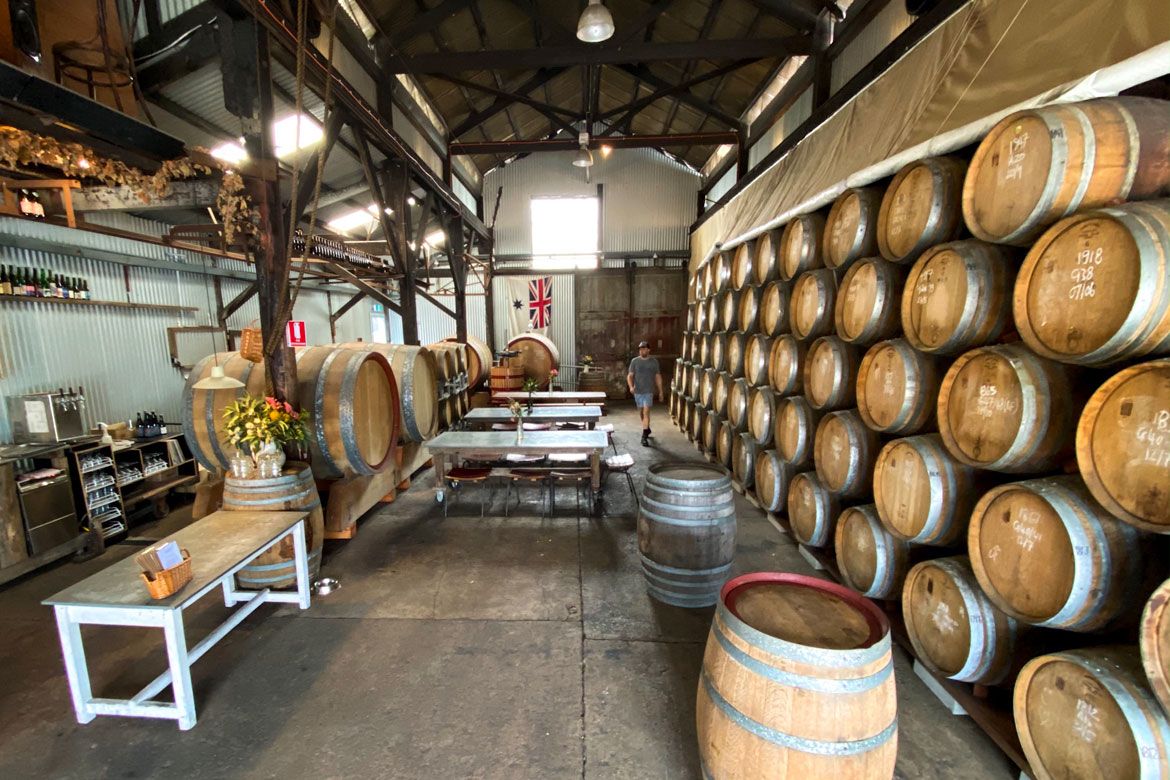
It's not as if Topher and his team haven't dumped beer before. Given the nature of what they do – playing with an ever-evolving mixed culture, barrels, time, and all manner of wild and organic ingredients – they regularly come across barrels in which the liquid has headed down a path they don't fancy. Indeed, some of it has been diverted to Poor Tom's Distillery nearby.
But this time the issue struck at the very heart of their business: not one or two barrels, but the culture that makes Wildflower's releases the unique creations they are.
At the end of each ferment, the team collects some of the liquid yeast, stores it in a vessel called a brink, then pitches that into the next beer. It's about as far from buying yeast off the shelf as you can get; one past analysis showed there were around 650 different organisms present in their culture.
"This was a different flavour [to any they'd come across before] and it took a while to crop up," Topher says of the tainted batches. "We hadn't seen it in the previous three fermentations, but they all changed at once."
With no liquid yeast readily to hand they were happy to pitch into the wort, and the contents of the brink also dumped, he and Chase devised a plan. Well, two.
Firstly, after "cleaning and cleaning the tanks", they split the wort into three and inoculated two batches with the freshest "pre-spoil" cultures they could obtain from their barrels – both a few weeks old – with the third (brewed with gentian and wormwood) left to ferment with the problematic liquid yeast.
Secondly, they decided to get to work creating a new Wildflower house culture from scratch. It was wattle season, after all, so a good time to head out to capture wild yeasts from around New South Wales as Topher had done in the years prior to launching his first beers.
There was another problem, however: Sydney was in hard lockdown so he wasn't free to roam the land gathering wild yeasts from flowers and bark.
"Try explaining that to a government official," he says when asked whether he'd considered trying to get an essential travel permit to harvest yeasts. "'You bloody hippy!'
"We're fairly low impact, but I just don't know if going out harvesting right now is in the spirit of what's going on. I wouldn't feel comfortable doing that."
But this, however, is where the joy returns.
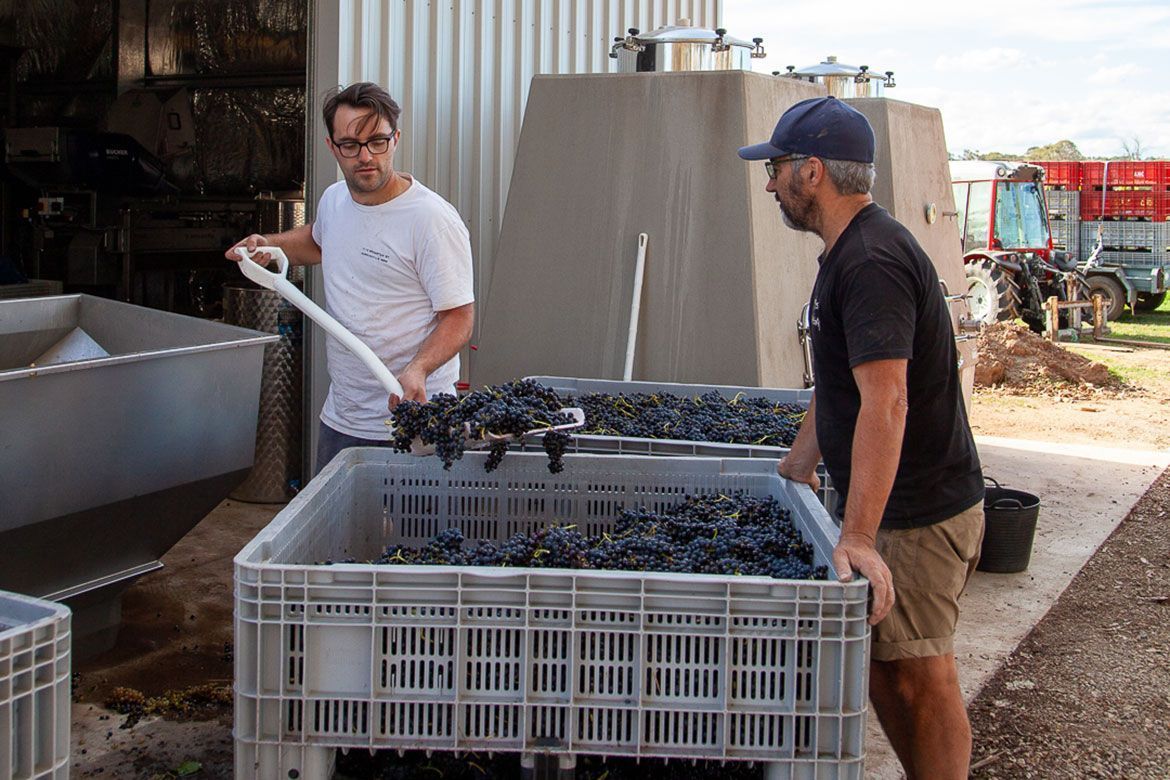
Followers of Topher's tale will know he's collaborated often, widely and deeply. He's made beers with other icons of the Australian brewing scene, and with ingredients from a growing number of organic producers too. Some of them heard of his plight and decided to lend a hand. Before long, wildflowers started arriving at Wildflower.
When I spoke to Topher late last week, already he'd received re-wilding gifts from Dan "VB" McCulloch of Lallemand Brewing from his off grid home in the Southern Highlands; chef Sabine Spindler, also based in the Southern Highlands; Bryan Martin of Ravensworth Wines in Murrumbateman; and DJ McCready, co-owner of Mountain Culture, who'd sourced his in the Blue Mountains. Stuart Whitecross of Voyager Craft Malt and Tim Malfroy, who provided the honey for the Hive beers, have promised to add to the collection too.
"It's a lovely aspect of what's happened," Topher says. "Previously, all my harvesting trips have been on my own; it's kind of lovely that, over the years of running this brewery, I've made these friends in different areas – these people that have helped in one way or another."
Deliveries have been arriving via Australia Post and couriers; one was dropped off at 3.30am like some illicit deal.
"We've got them all isolated into different fermentation vessels and are growing them," Topher says.
Given he also has the aforementioned wort fermenting with the youngest "clean" remnants of the original culture, he admits it's "not the end of the world", although adds with a laugh: "There's something psychological I need to deal with in understanding why, at a really bad time, I share it with 14,000 people!"
Looking ahead, he says: "Now I maybe feel there's some sort of fatalistic reason for it to happen: it just came to its end. It's been five years we've been brewing with it, so maybe we just restart and play with a different culture. Don't try to think about it too much."
If those previous sentences strike fear into the hearts of Wildflower's many passionate supporters, don't worry. Not only has Topher done this before, but at time of writing there were already half a dozen new ferments taking shape courtesy of his friends' shipments, each set to be split into more and more, assessed then approved or abandoned, blended and, ultimately, honed into a culture worthy of the name.
And, given Wildflower is about blending as well as brewing – and that sensory guides the brewers' and blenders' decision-making – you can be pretty certain future releases are going to share strong familial bonds, even if they are technically a form of Wildflower 2.0.
"The end result is sensory," Topher says of everything they release to the public. "Does it taste good and smell good?
"The end point is when the punter opens the bottle; they're not going to be pulling out the pH meter."
What's more, all future beers will be created in the same living environment in which every prior release has taken shape.
"You need to acknowledge [the new ferments are] happening in a space with equipment that's been inoculated with our house culture for the the past five years," Topher says. "It's not a vacuum."
There's more good news to come from Wildflower in the coming months too, but as with their beers, all in good time.
For now, Topher admits to still feeling "a little sad" at the events of a few Fridays ago.
"But I feel more resilient than I did," he adds. "I did like that culture, and although I recovered something from the barrels, it was a line in the sand."



